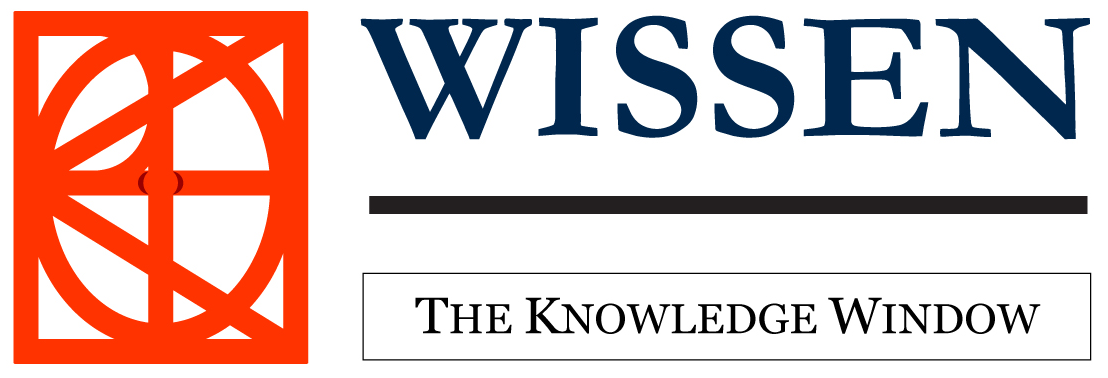VM snapshots are
issued at the Hypervisor level and are a snapshot of an entire Virtual Machine’s
disks and memory. Snapshots allow fast recovery of databases and VMs and even allow self-service
restoration or rollback of files. It’s very important to note that snapshots complement data recovery efforts,
but do not replace backups. A snapshot can be taken at any
point in time and the data will remain static even while the production database
continues to change.

Do you know of any links to any T-SQL improvements or new features in SQL Server 2014. Grants Connect permission for users on Databases that may be created in future. In SQL Server 2014 single partitions can be rebuilt and additional partition switching and index rebuild operations can be performed while
the table is online. Since this version of SQL Server was designed with the premise of being a platform for
a Hybrid Cloud it has some new and exciting features.
Managing Locks in Online Index Rebuilds
Database snapshots are ideal for Development, Test and QA environments. Instead
of spending hours restoring a large database, you can quickly revert the source
database back to the time and state when the snapshot was taken. This allows
testing to be done again at that same beginning point with very little time delay
compared to having to issue a complete database restore. Crash-consistent snapshots are write-order consistent, meaning everything is
captured at one time. Only the state of data that’s written to disk at the
time the crash occurs is captured. Inline specification of CLUSTERED and NONCLUSTERED indexes is now allowed for disk-based tables.
PostgreSQL is a powerful and versatile open-source relational database that is used by a wide range of businesses and organizations. However, managing a PostgreSQL database can be complex and time-consuming,… You can now specify how long an index rebuild should wait for the locks required.
The Options of Managed PostgreSQL in the Cloud
Because ssd has much better IO performance than normal disk we get the benefits of a very large buffer pool without adding more memory. This feature requires a 64 bit installation and works with Enterprise or Standard edition of SQL Server 2014. The OLTP tables are copied to memory and are made durable by writing transaction logs to disk.
Sometimes software vendors launch new versions of their products with minimal improvements with the sole purpose of maintaining visibility amongst competitors. Since migration of databases is a time consuming
and expensive task, we as database professionals must decide what is best for our customers. That forces us to do some research about the new version’s features in order to make the most accurate decision. In-memory OLTP was introduced in SQL Server 2014, but greatly improved in SQL Server 2016. If you have a heavily-used transaction-processing that is processing a lot of data, it is definitely worth considering the new ‘In-Memory’ features of SQL Server 2016.
SQL Server Performance Tuning
The new estimator should provide more consistent and predictable query performance, as well as more accurate cardinality estimates so better query plans can be chosen. SQL Server 2014 will now allow you to extend the memory SQL Server uses by using nonvolatile random access memory (aka Solid State Drives) to greatly improve I/O throughput. This feature is designed to help offload the small random I/Os that SQL Server has traditionally done to mechanical disks, to Solid State Drives. This feature is currently targeted for only being available to those that purchase Enterprise 64 bit version of SQL Server 2014.
![]()
The new estimation logic which was designed for the cardinality estimator has improved the quality of the query execution plans and thus has a direct impact on the performance of queries. There is still the need to do point in time restores of databases, so DBAs need
to discuss how this process works with both Storage Admins and VM Admins. In addition,
there are several ways that snapshots can be taken out side of SQL Server that DBAs
need to take the time to learn about and understand. There are several technologies from numerous vendors to create and manage snapshots.
Storage level snapshots are typically managed by storage admins, VM snapshots are
typically managed by VM admins, and database snapshots are managed by DBAs. You can create multiple snapshots and compare
the data between snapshots or even the source database. Application-consistent snapshots are needed where there is less tolerance for
data loss, such as with database servers. They are more of a resource drain and
may take longer than a crash-consistent snapshot to save but are better suited for
databases and not losing important data. In addition
to capturing the data that’s written to disk, application-consistent snapshots
also capture the data that is in memory.
Although in SQL Server 2012 this feature was available there was a restriction where the underlying table has to be read-only. The performance of stored procedures is also improved due to compiling these stored procedures into DLL native code. SQL Server 2014 provides improved integration with Windows Server 2012 R2 and Windows sql server 2014 new features for dba Server 2012. SQL Server 2014 will have the ability to scale up to 640 logical processors and 4TB of memory in a physical environment. It can scale up to 64 virtual processors and 1TB of memory when running on a virtual machine (VM). For a system that uses partitions – we can now create unique statistics for each partition.
In-Memory OLTP or online-transaction processing is a database engine that is memory-optimized specifically for OLTP operations and is part of SQL Server’s engine. If there is a need to do a point in
time restore, database backups would give you the option to restore to any point
in time, where the snapshot only allows you to revert back to time the snapshot
was taken. This
model allows large companies to have all the performance and high availability functionality
they require as well as small companies who don’t require the same level of
performance to use the same software base. When disconnected from the primary replica or during cluster quorum loss, readable secondary replicas now remain available for read workloads. Failover cluster instances (FCIs) can now use Cluster Shared Volumes (CSVs) as cluster shared disks.

Add Comment